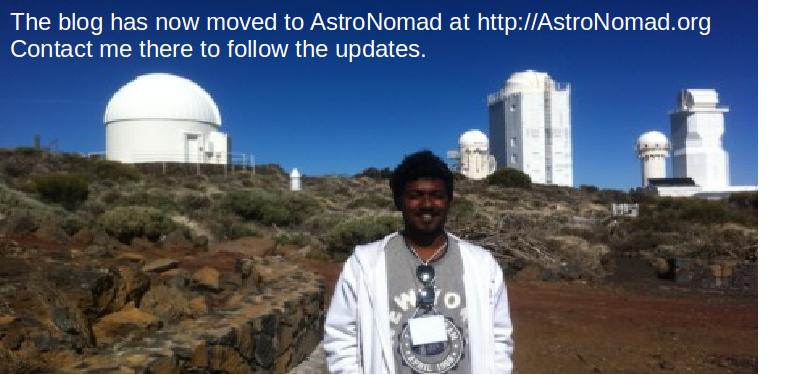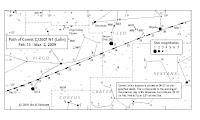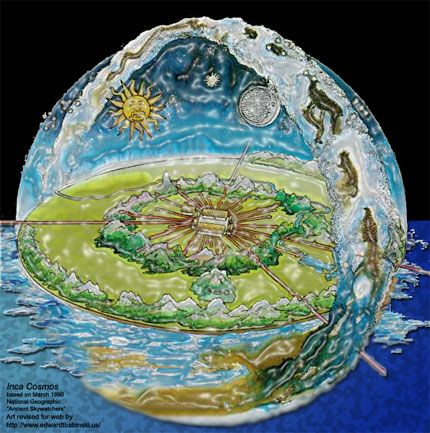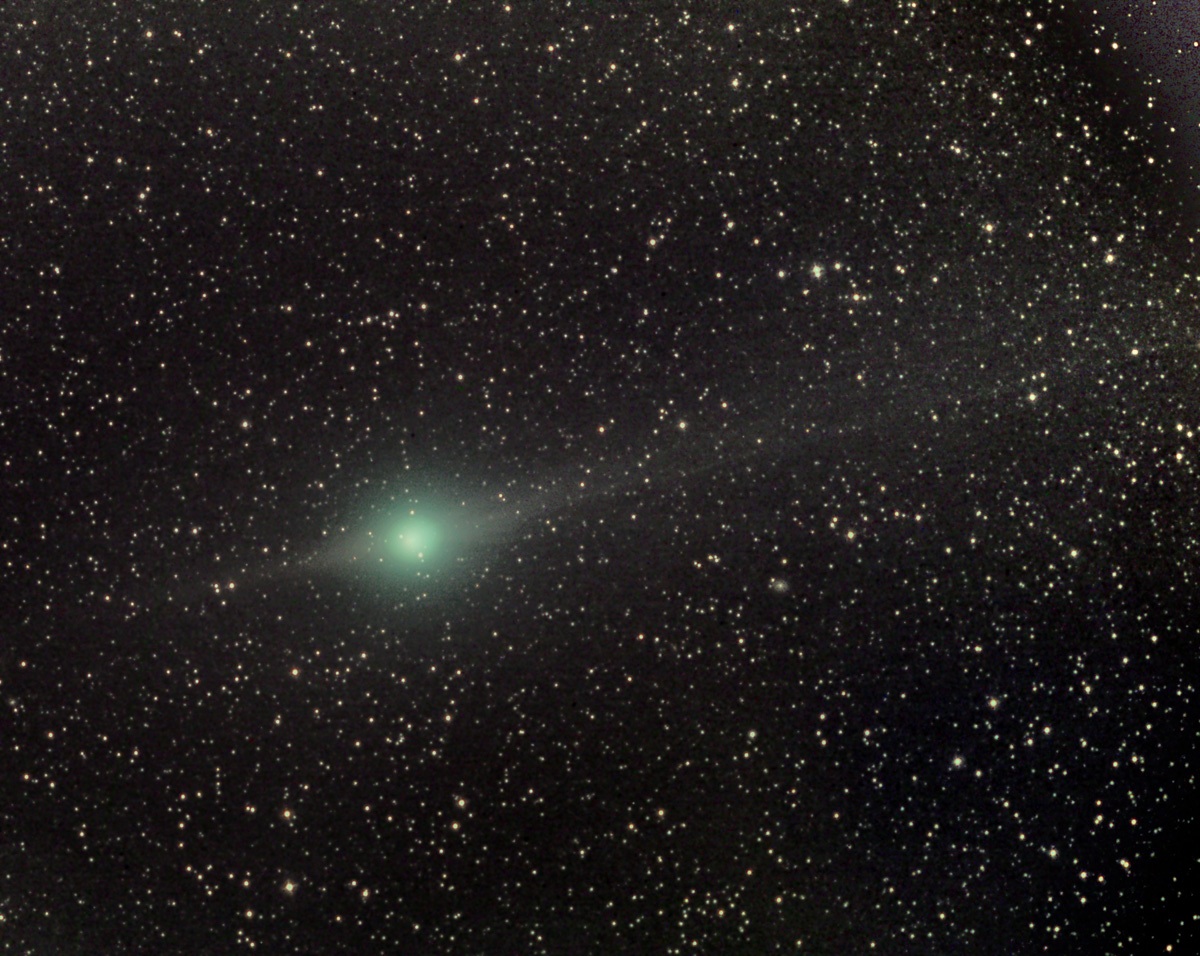 Professors, scientists, accredited personnel, amateur astronomers, teachers and outdoor educators flocked at the Royal Observatory Edinburgh on 25th Feb. 2009 morning , to remark the launch of the International Year of Astronomy 2009 (IYA 2009) in Scotland.
Professors, scientists, accredited personnel, amateur astronomers, teachers and outdoor educators flocked at the Royal Observatory Edinburgh on 25th Feb. 2009 morning , to remark the launch of the International Year of Astronomy 2009 (IYA 2009) in Scotland. It is planned to host a variety of activities throughout the country and hosting will be conducted by affiliated Universities, schools, astronomy societies, education institutions and environmental groups. Activities include  star-gazing, public discussions, exhibitions to celebrate the legendary 400th year since Galileo Galilei's first observations of the night sky with a telescope. Professor Ian Robson, Director of STFC's UK ATC and the UK Chair for IYA 2009, who is based at the Royal Observatory said, "The year is a global celebration of astronomy as one of humankind's greatest achievements."
star-gazing, public discussions, exhibitions to celebrate the legendary 400th year since Galileo Galilei's first observations of the night sky with a telescope. Professor Ian Robson, Director of STFC's UK ATC and the UK Chair for IYA 2009, who is based at the Royal Observatory said, "The year is a global celebration of astronomy as one of humankind's greatest achievements."
As a part of the launch of IYA in Scotland, teachers and pupils from Galashiels Academy in the Scottish Borders and Liberton High School in Edinburgh are to be awarded telescopes, in connection with the "Telescopes for Schools" project, by Professor John Brown, Astronomer Royal for Scotland. Moreover Suzanne Pritchard, a physics teacher at Galashiels Academy, says: "This is perfect timing for us". " With the freedom of the new Curriculum for Excellence, the telescope gives our pupils a fantastic opportunity to have a go at real observing, guided by a real astronomer" she added.
 Thus ninety schools in Scotland will be granted telescopes as part of the project, which is led by the Society for Popular Astronomy to inspire the next generation of scientists and engineers, which is very essential as far as modern status of Astronomy is concerned. Speaking further, Professor John Brown says of the programme: "Scotland will have a tremendously vibrant and exciting programme of astronomical and dark sky events for the public and schools, led by researchers, amateur astronomers and science communicators."
Thus ninety schools in Scotland will be granted telescopes as part of the project, which is led by the Society for Popular Astronomy to inspire the next generation of scientists and engineers, which is very essential as far as modern status of Astronomy is concerned. Speaking further, Professor John Brown says of the programme: "Scotland will have a tremendously vibrant and exciting programme of astronomical and dark sky events for the public and schools, led by researchers, amateur astronomers and science communicators."
It's great to see the voluntary community is leading the way right across Scotland to popularize and improve the understanding of both IYA 2009 and Astronomy. Bill Leslie, from SIGMA, the astronomy club for Moray, will be running activities throughout the Highlands and Islands. Bill says: "The year will really put the spotlight on the fantastic range of events run by Scotland's amateur astronomy groups."
Professor Anne Glover, Chief Scientific Advisor for Scotland says: "The Scottish Government is providing over £100,000 to help fund a range of public astronomy events across Scotland this year. This includes a grant of £49,000 for projects co-ordinated by the Royal Observatory Edinburgh. Stargazing is a great way to encourage our young people to engage with science and I'm delighted that many of the events planned for IYA2009 have families and young people at their heart."
That's the updates of Scottish IYA 2009 schedule.
Be updated with us!!... Link: http://www.edinburghguide.com/story/education/3020





































